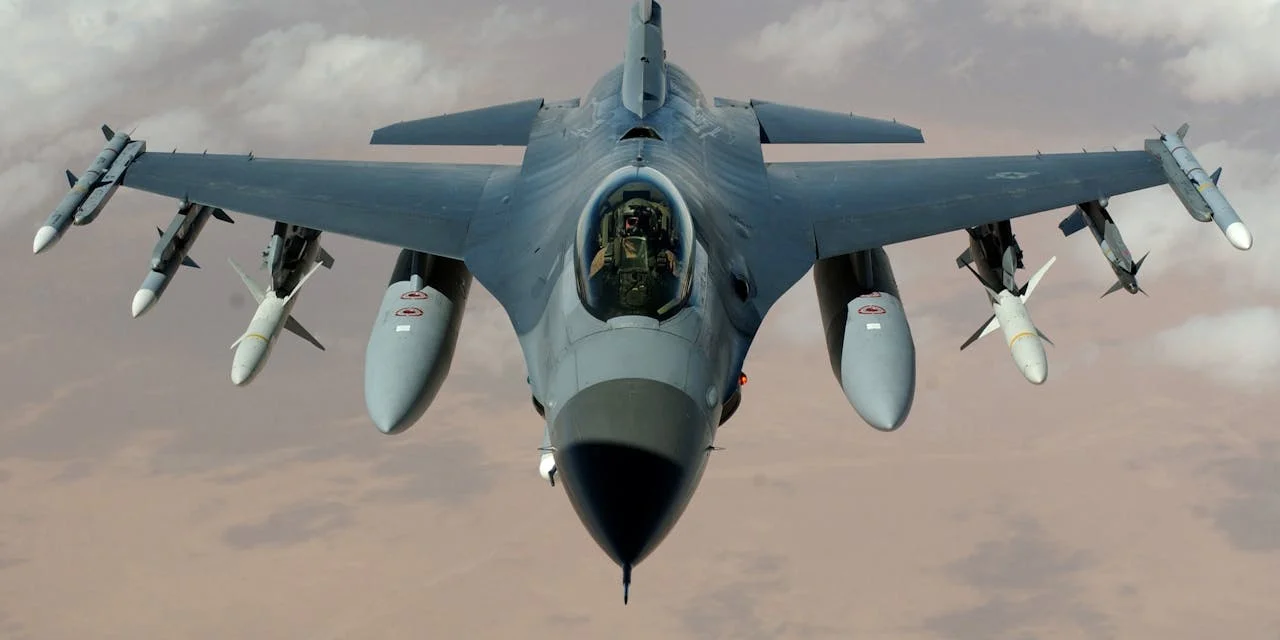
Xwing, a prominent player in defense and aviation autonomy technology, has announced its success in securing a Phase I SBIR contract from the Army xTech SBIR Autonomy program. Over the coming months, Xwing will demonstrate its capacity to execute autonomous airlift and logistics missions through live operational demonstrations for Army stakeholders. Nicole Fox, the Army’s SBIR Program’s portfolio manager for autonomy and contested logistics, sustainment, science, and technology, emphasized the significance of developing and deploying ground and aerial robotic autonomous systems across diverse terrains to support mobility and navigation within the Army. Solutions arising from this competition, along with subsequent SBIR contracts, are expected to bolster Soldier safety and efficiency in contested environments.
This endeavor aligns with Xwing’s expertise in delivering innovative autonomy solutions to address mission capability gaps for Defense customers. As a pivotal partner in the Air Force’s AFWERX Autonomy Prime program, Xwing recently obtained Military Approval to conduct autonomous cargo missions during the Air Force’s AGILE FLAG 24-1 exercise. This operation involved covering over 2,800 autonomous flight miles across public and military airspace, facilitating the delivery of essential cargo to 8 military and civilian airports in California.
Xwing’s autonomous technology offers a transformative solution for the US Army by tackling critical operational challenges. Through autonomous flight capabilities, the Army can sustain essential air functions in contested environments without exposing personnel to heightened risks, thereby fostering military innovation in transportation, force structure, and combat operations.
Kevin Antcliff, Xwing’s Head of Product, underscored the company’s commitment to revolutionizing uncrewed aviation, particularly in scenarios characterized by the three Ds of robotics: dull, dirty, and dangerous. This innovation is pivotal in reducing reliance on manned aircraft in confronting such threats, aiming to enhance safety, efficiency, and operational flexibility across various mission types.





